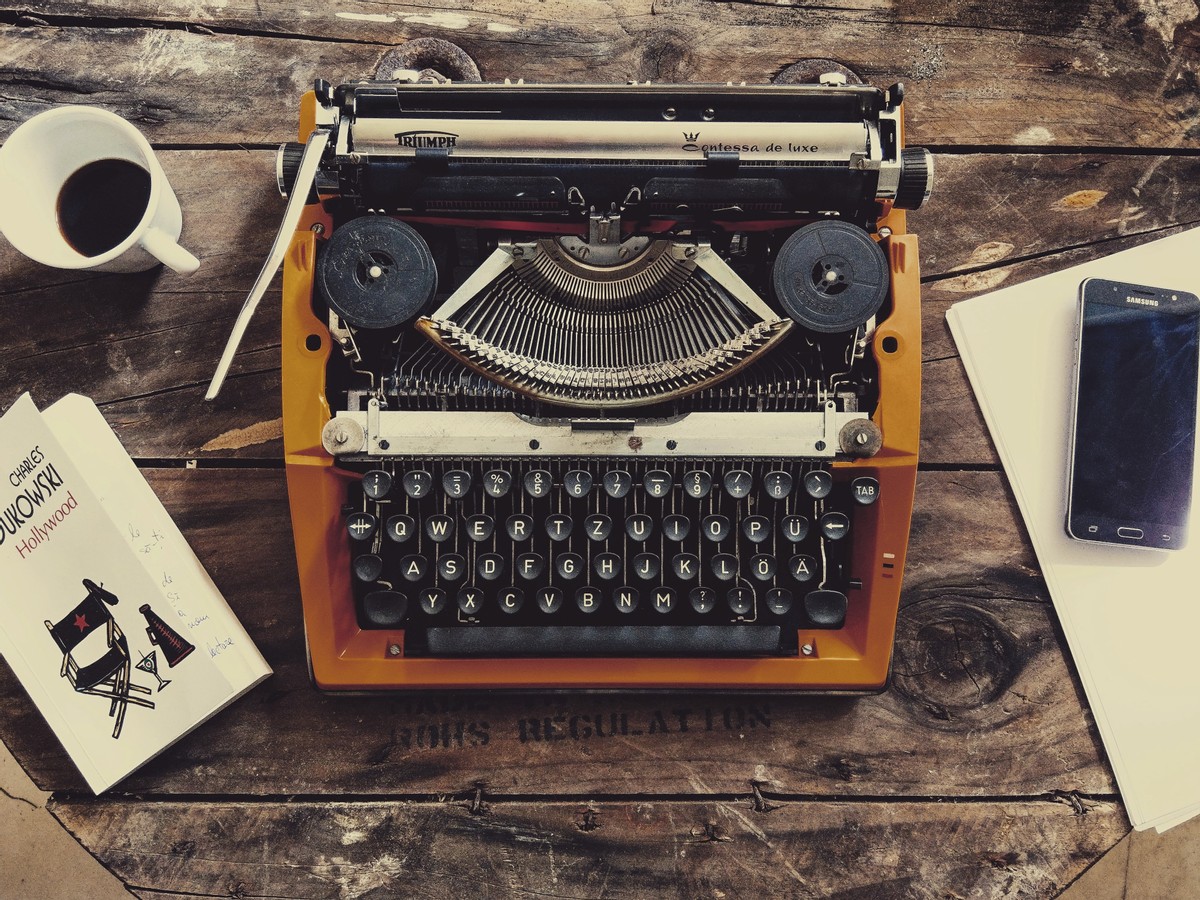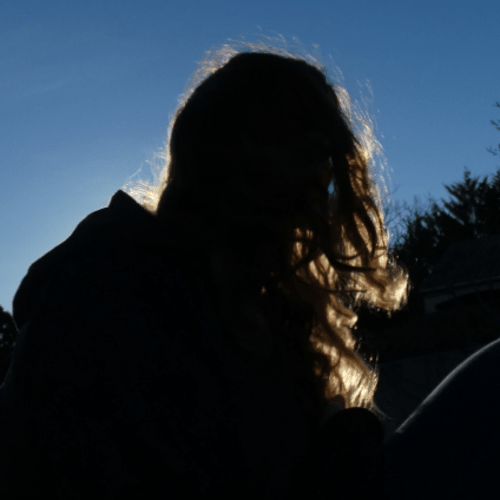
These days, social media takes up an important role in society and in most of them (Instagram, Facebook…) images are the main way of communication. That's why we can understand that photography is an important theme to think about. At first glance, the latest is distinguishable from the other kinds of medium because it is based on reality. So today the topic will be : "photography is not just about showing things that exist. It makes them exist". In the first place, I would like to differentiate different fields of photography and think about the subject in them. Then I will take examples of famous photographs. Finally, it will be interesting to focus on photojournalism, because it is in my opinion the most influential field of photography in our current society.
Generally speaking, there are three different parts of photography that can be distinguished, each of these aiming a different purpose.
First of all we can think about photography from a random person's point of view: It will be used as a reminder of events or places. Obviously the point of a reminder is to remind things, so in that case photography makes them exist for the person. Of course, one can have a memory without a souvenir, so it already exists in the mind of the person. But photography will make them even more genuine. This fact can be seen in a lot of films: a photograph of the family will be meaningful for the lead character. For example in "Back to the Future" directed by Robert Zemeckis, Marty McFly travels to the past to escape from assailants. He arrives at a time when his parents weren't together and he meddles without wishing to in their first meeting. The whole story will be for him to make things happen how they are supposed to, so that he and his siblings can be born. What is his gauge of success? An image of his family on which his brother and sister disappear one by one. The picture is the only way for him to know if they exist or not, so it perfectly fits with the topic.
Secondly a random person will use images on social media, as seen in the introduction. Most of them will show only the best part of themselves, creating a new reality. In the book "American Girls: Social Media and the Secret Lives of Teenagers", Nancy Jo Sales explains with a lot of interviewed teenagers the way they use social media. They say they are living in a second world, in which they Photoshop their faces and take seventy selfies to keep the best one and get as many likes as possible. As a result, photography is a way for them to make another person exist: more interesting, more beautiful, more wanted ; in a nutshell, more perfect.
Another use of photography is to take pictures as a job. The goal will be for them to be suited to the clients, for example in mariages or for a town. Often when someone pays a photographer for images, he wants -a bit as in the latest paragraph- the best side of it. Oddly enough, a city hall doesn't want to show how dirty the city is (excepting in an awareness campaign…) but rather to show the famous buildings for example. Photography is once again a tool to create a new image of something.
Last but not least, a too unsung part of photography to my mind, is photography in an artistic way. It is so accessible for everyone to use it, that most people forget it is also an art. There are big photographers as there are big musicians or painters, and photography is a tool to express feelings and to put a message across. One will capture a part of reality to show it in a different way. A shadow, a line, a colour, a person obtain a new meaning in a picture. In association with other elements of the image, one creates a whole story in a photo, or a set of photos. Every choice in the photographic process has a purpose: From the choice of the lens or the camera to the editing and printing process. There are plenty of examples because this art is large. But I will choose one : 99 cents of Andrea Gursky. It is one of the most expensive photographs of all time. What does it show? A 99 cents only store in the US. But one of the main questions in art is : how? All the rows full of products are parallel, it seems endless. We see anonymous people's heads floating in the multicolour rows. Why is it so special? Because the pictures of Andre Gursky are big. Very big. I mean, in the literal sense: They are printed in an enormous size. And it fits the point of showing capitalism in America: Everything is big, everything is reproduced in great numbers and people don't mean anything in that. In fact, it is just a random store in the US. But with photography it embodies capitalism and our current western society. In short, it means more.
I will take four examples of very famous photographs. The first one is "Milk drop coronet" taken by Harold Egerton in 1957. It shows… a milk drop. A pure white drop splashing in a red environment. The second one is "fetus, 18 weeks" by Lennart Nilson, 1965. It is a human foetus we see through the placenta. The third one is "Earth rise" by Willian Anders and the NASA, taken in 1968. The last one is a radiography (a special of photo) called "The Hand of Mrs Wilhelm Röntgen" 1895. What do they have in common? Why are they so special? Each photo is the first in a specific field. It was the first time we filmed a drop in slow-motion. The first time we knew what a foetus looks like. The first time we saw earth from space. The first time we admired the bones of a hand. In this day and age all that seems obvious. But at the time, photography was a way of reaching reality in a new way. Of course bones already existed. But photography makes them exist in the collective unconsciousness: Everyone has already done an X-ray as a medical examination, or, at least, has seen one.
Before talking about photojournalism I would like to take a last example: "the Loch Ness monster", 1934. The blurry black and white image of Nessy, the supposed monster of the well-known lake in Scotland, is very famous. It created at first a topic for fable seekers and conspiracy theorists, but will be more and more related in newspapers. Today, it is part of our pop culture, such as Yeti or Bigfoot. It shows the power of a picture: It created an entire myth. All in all photography can make things that don't exist exist.
1972, Vietnam. A napalm bomb exploded, one amongst others. It burnt children, who ran without any clothes on an infinite road, like so many. But the difference this time is a photographer. Nick UT recorded the horror of the Vietnam War for American magazines and he took THE picture. The one that despite the presence of nakedness needed only four days to be published everywhere. The one that made American mentalities change. The one that showed "The Terror of War". This photo made the terrible conflict, which was so far away from them, exist in the mind of American people. A photo of a burnt child was needed for most of them to fight against that war. Three years later and twenty after the beginning of the war, it finally ended, mainly because of the awareness of the population.
That is a typical example of the power of photojournalism. Indisputably a painting of the same scene wouldn't have the same impact: it is not "real" enough. As regards dealing with reality, photography is one of the most efficient ways. It makes conflicts exist for people. It makes violence exist. It makes death exist. One cannot ignore photos. Even if it can clearly be misleading, as answered Nick Ut when President Richard Nixon wondered if the photo was fake “The horror of the Vietnam War recorded by me did not have to be fixed.”
To sum up I will say that, as every medium, photography is a way to show something, to relate a story, to tell a message. With a camera one captures a small part of reality and then one can play with it as one wishes to create something more, to open a new world. When all is said and done, yes, I think that photography makes things exist.

A wonderful and very interesting essay! I agree with your thesis and love the examples you chose.
Thank you!